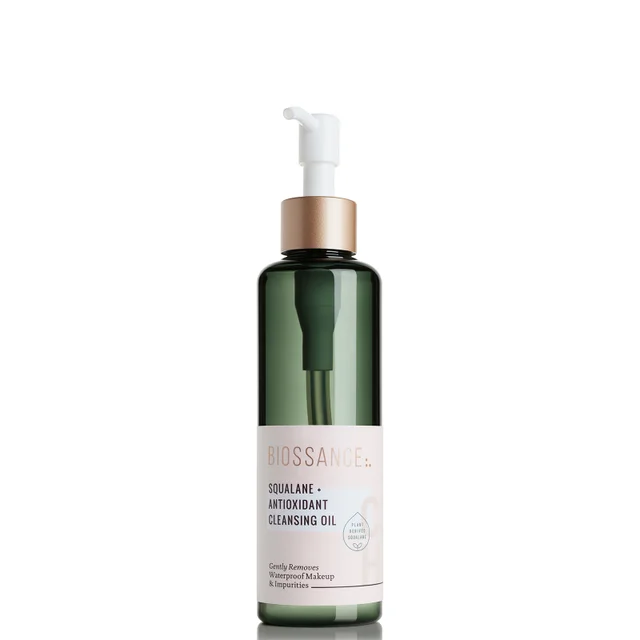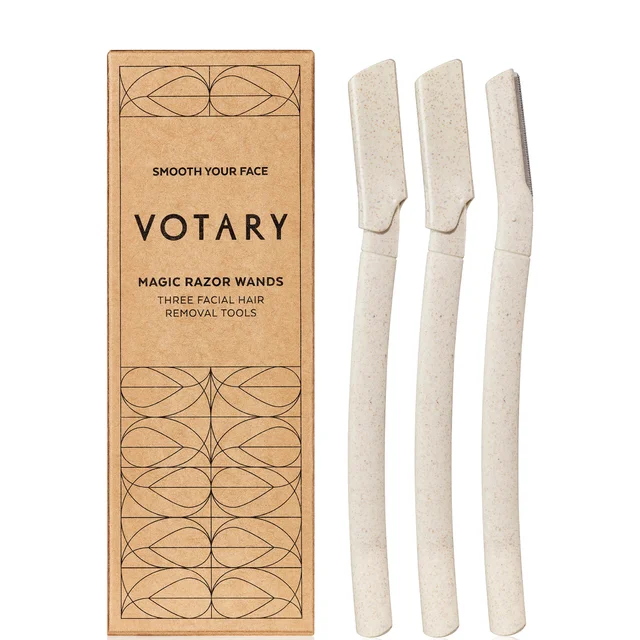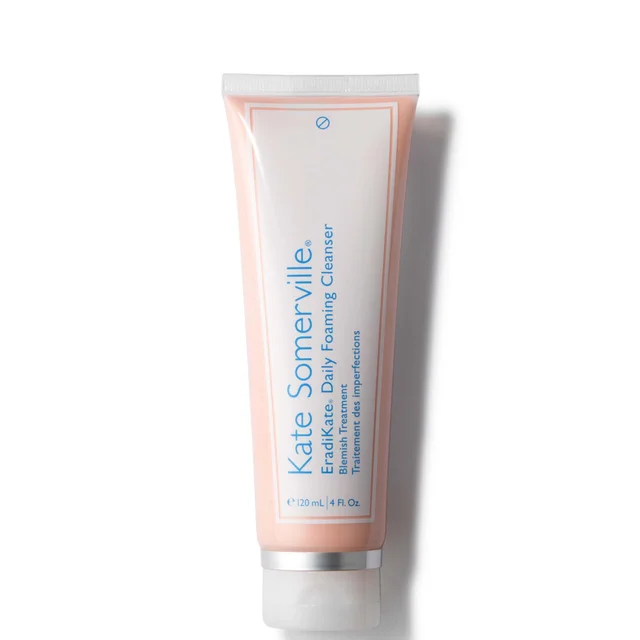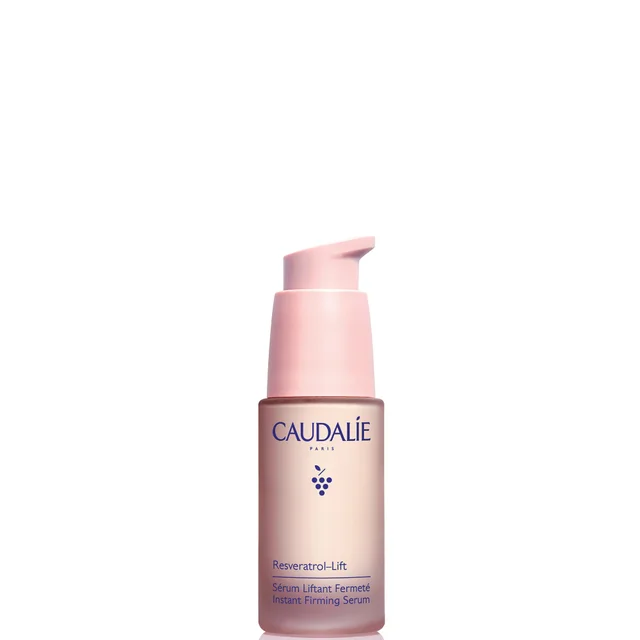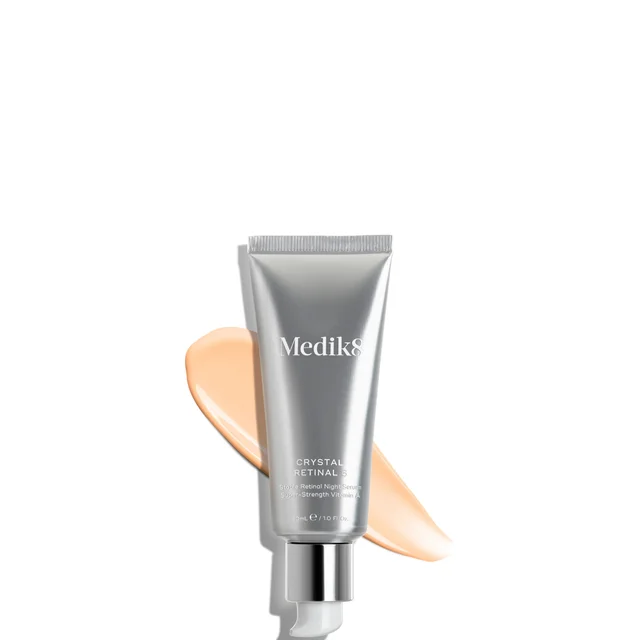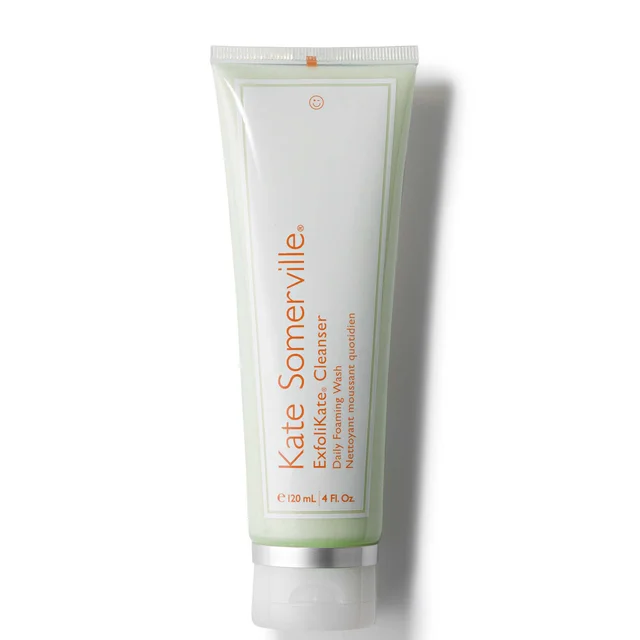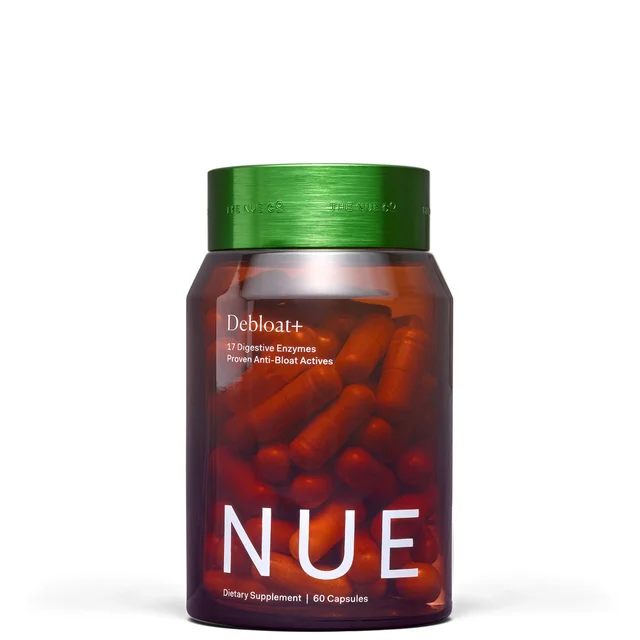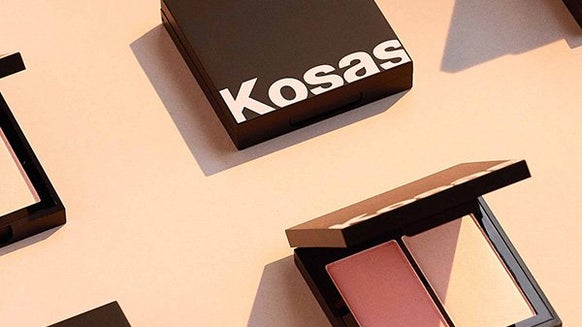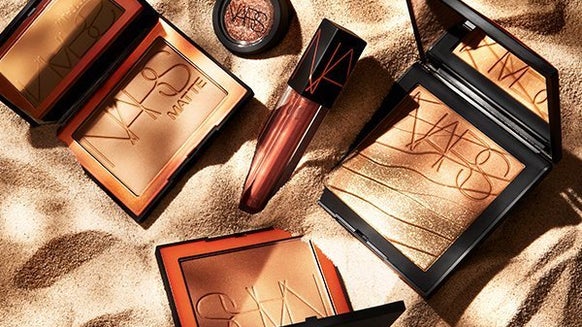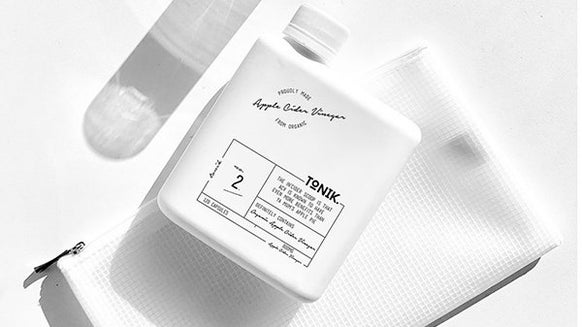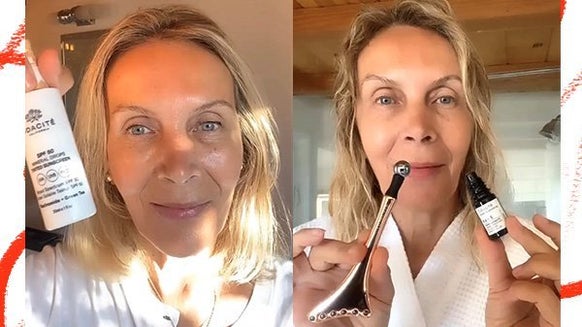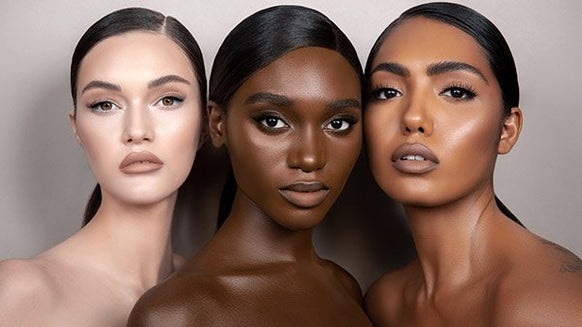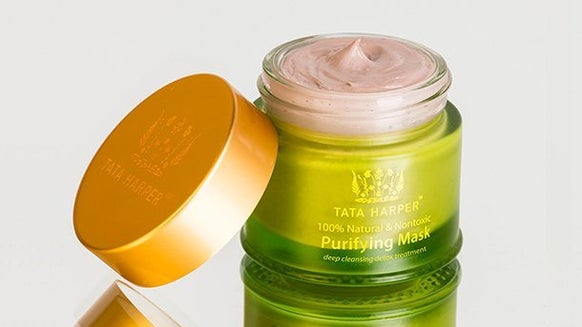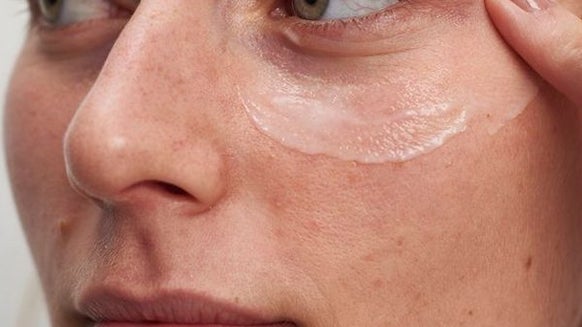BEYOND SKIN DEEP: PEJU ADESANYA ON PRACTICING SKIN COMPASSION WITH PCOS
On my 13th birthday, one of the gifts I got from a classmate was a pack of sanitary pads; she gave them to me as a joke — a bad one at that — because I was one of the last few people in my year to start my period. At the time, it stung. I felt like my body was failing me somehow, that there was something wrong with me.
But, just one month later, as if my body was acting in retaliation to that unwelcome gift, I finally got my first period. I was ecstatic to at long last be invited into the club in which members covertly slid pads under cubicle doors and whispered about their cycles syncing up. I was over the moon with excitement knowing I could now participate in that sacred ritual of togetherness.
Over the next year, my period slowly settled into a regular cycle. At first, I didn’t experience too many symptoms, aside from cramps and a bit of muscle soreness here and there. After the first year, though, things changed. My periods became more and more infrequent, and I’d sometimes go up to five months without getting one. When I did, my symptoms were all over the place — I either had a super heavy flow lasting 10 days or a light flow that lasted only a couple.
Even though there was so much inconsistency, I didn’t think much of it at the time — I just assumed my period would settle as I got older. But, three years later, things were still the same. That’s when I finally told my mum about it, and we booked in to see a gynaecologist. I feel fortunate that I got to see a female gynaecologist because I’ve since heard lots of stories about people feeling dismissed by their doctor, particularly those that are male and struggle to relate to the experiences we as women have with our body.
Listening to my symptoms, the doctor suspected I had Polycystic Ovary Syndrome (PCOS), but I wasn’t diagnosed right away. I spent the next seven weeks undergoing various tests, including multiple pregnancy tests, to rule out any chance I was pregnant, and various blood tests to check for hormonal imbalances or any other medical conditions. The results showed I had unusually high levels of testosterone, which is a major symptom of PCOS. And that wasn’t all, as the final step was an ultrasound scan, which revealed a high number of follicles in my ovaries — evidence that my body wasn’t ovulating. All these factors finally added up to a diagnosis of PCOS.
THE IMPACT OF PCOS
For me, PCOS has resulted in weight gain (leading to body image issues), as well as crippling anxiety and insomnia. This means I’m in a perpetual state of fatigue, feeling too tired to get anything done and further increasing my anxiety levels as I worry over deadlines and my to-do list at work, causing yet more sleepless nights. And so, the cycle continues.
Hirsutism (excessive hair growth on the face and body) and hair thinning are two more tell-tale signs of PCOS that I frequently struggle with. My body produces more testosterone than it needs, so I grow hair in places I’d rather not and lose hair in places I’d like it to stay. Because of this, I choose to shave my both my face and body, perhaps more frequently than those without PCOS — but everyone has a different preference and it’s important to only do something (or not do it) because you want to, rather than because others think you should.
LIVING WITH AN INVISIBLE CONDITION
PCOS is also often accompanied by insulin resistance, a condition in which the body is unable to use insulin to process blood sugar effectively (a side effect of this is acanthosis nigricans, which causes dark, patchy areas on the skin). Because of this, I never feel comfortable wearing a bikini or crop top. I can’t be bothered to explain why there are tufts of hair on my lower belly or dark, velvety patches of skin under my breasts. At this point, I’m no stranger to unhelpful assumptions about my hygiene habits or advice to scrub vigorously to get rid of the dark patches on my skin. In reality, only changes to my diet and lifestyle can help lessen these flare ups.
Speaking from experience, it can be so hard to cut through the noise and disregard the ignorant comments people make about the way you look. I’m painfully aware that these things are easier said than done, but the best thing you can ever do is be kind to yourself and stop focussing on what other people think. I’ve slowly realised that when it comes down to it, I’m the only one who knows what it feels like to live in this body, so I can’t be living in it on anyone else’s terms. What I can do, though, is make healthier choices — being mindful not to be too harsh on myself when I don’t.
If you’re reading this and it all sounds eerily familiar, I hope you know that none of this is your fault. Once you’ve got a diagnosis, my biggest piece of advice is to steadily start making lifestyle choices to address the underlying hormonal imbalances. Some of the ways I do this are:
Avoiding PCOS-induced sugar cravings, which can worsen insulin resistance Sticking to a balanced diet (as much as possible) Following regular low-impact workouts, like walking and yoga, to stay active (I've noticed that high-impact workouts lead to stress in my body, which can make my PCOS symptoms worse) Being patient with your body and treating it like a baby (AKA with tender love and care)
Community has also made a big difference in my journey. I surround myself with people who have proven they care about me and are invested in me being at my healthiest. They are the ones that remind me of all the ways I’m wonderful. This is one of the main reasons I started to share my story on social media, so that I could pay this same kindness forward. I’ve learnt more about my condition from other people living with PCOS than I have from any doctors, and I know firsthand that when we know we are not alone, it helps us feel seen and validated. Being able to provide this to others going through what I’ve been through is such a joy.
FINDING PEACE WITH PCOS
Since being diagnosed with PCOS 10 years ago, the way I approach self care has changed and I no longer feel the need to ‘fix’ things — because there’s nothing wrong with me. With this viewpoint, it’s easier to make better beauty and lifestyle choices that I actually enjoy, rather than choices fuelled by frustration or desperation. I no longer feel the need to spend hours trying to fit unattainable beauty standards — I take care of myself because I want to, it’s an act of self-love.

